Navigation
A dive finger or jump spool is the most compact way of carrying a guideline. A finger spool makes deploying a delayed surface marker buoy (DSMB) very easy as there is no way for line to get caught in any sort of mechanism. Jump spools are also useful for make jumps and gaps in caves. They are also a handy way of mapping a dive site as they are quick to deploy and re-stow.
If you're looking for a dive reel, please see Dive Reels.
Tech Tip:
Finger Spools Are Not Guideline Reels
The skills required to deploy a finger spool are different than those required to use a typical guideline reel. At first glance the simple spool looks easier, but compared to guideline reels the finger spool requires specific techniques for successful use. If this is your first finger spool then seek advice, get a demonstration, and most importantly you should practice under controlled conditions.
A common usage mistake is rewinding a finger spool in a manner that applies a lot of tension to the line, such as when hanging under a lift bag, causing the line to be very tightly wound on to the spool. Upon re-use the line doesn't smoothly unwind and sticks, causing the entire spool to be jerked out of the fingers or disappear with the lift bag.
Another consideration is the method used to rewind the line on to the spool. Hold the line loosely and use the spool to take up the line; if you hold the spool in a fixed position some wrapping motions with your hand will put a 'twist' in the line with each wrap around the spool. Depending on how you later unspool, you might wind up with a tangled mess of line (aka 'birds nest') if you hold the line in your hand while it unspools.
Although your finger spool is not a guideline reel the basic care is very similar. You should rinse your finger spool with fresh water following each dive. We recommend pulling some or all of the line off the spool before each dive, then rewinding it neatly but not too tightly, so as to help prevent problems during line deployment. If the line on your finger spool is new or very dry, we recommend pulling the line off into a bucket of water. This will moisten the line, precluding it from swelling on the spool and causing further issues or damaging the spool.
Finally, too much line on the spool can cause tangles during initial deployment, if you are having a consistent problem deploying your finger spool try removing a few metres of line.
Clifton Springs, Short Pier
![]() Shore Dive |
Shore Dive | ![]() Shore access
Shore access
![]()
![]()
![]()
![]()
![]()
Depth: 1 m (3.28 ft) to 4 m (13 ft)
Level: Open Water and beyond.
Clifton Springs, Short Pier is a delightful shore dive, also suitable for snorkelers, on the eastern side of the Clifton Springs Boat Harbour. The waters are generally calm and sheltered and it's a nice night dive site. It's a shallow dive, best done at high tide. Best to use a dive float with dive flag.
There are three pier ruins in this area near Clifton Springs on the Bellarine Peninsula in Port Phillip. To the west are the ruins of the old Short Pier near the boat harbour. In the middle are the ruins of the old Salt Water Bath Pier which had swimming baths at the end. To the east are the ruins of the old (Long) Steamship Pier.
Bottle hunting here is popular but requires skill not to stir up the sand and sediment. Seahorses, nudibranchs, stingrays and pipefish can be found here.
Clifton Springs Night Dive
from Allie Beckhurst
on Vimeo.
Location: Clifton Springs
MELWAY Ref: Page 456 E5
Ideal Conditions: Best at high tide. Protected from southerly winds. See WillyWeather (Clifton Springs) as a guide for the tide times and the height of the tide.
Clifton Springs, Short Pier History
The remains of the Clifton Springs Short Pier (aka Drysdale Jetty) are located near the existing boat harbour. It is assumed this was the first pier at Clifton Springs. The Short Pier is currently listed on the Victorian Heritage Inventory (H7821-0049).
See also, Heritage Council Victoria: Former Mineral Springs, Clifton Springs, and
Heritage Council Victoria: Short Pier, Clifton Springs.
Spearfishing is illegal within 30 metres of any pier or jetty and in Marine National Parks. See Spearfishing Laws.
Traditional Owners — This dive site is in the traditional Country of the Wathaurong (Wadda-Warrung) people of the Kulin Nation. This truly ancient Country includes the coastline of Port Phillip, from the Werribee River in the north-east, the Bellarine Peninsula, and down to Cape Otway in the south-west. We wish to acknowledge the Wathaurong as Traditional Owners. We pay respect to their Ancestors and their Elders, past, present and emerging. We acknowledge Bunjil the Creator Spirit of this beautiful land, who travels as an eagle, and Waarn, who protects the waterways and travels as a crow, and thank them for continuing to watch over this Country today and beyond.
Clifton Springs, Short Pier Location Map
Latitude: 38° 9.307′ S (38.155123° S / 38° 9′ 18.44″ S)
Longitude: 144° 33.047′ E (144.55079° E / 144° 33′ 2.84″ E)
Datum: WGS84 |
Google Map
| Get directions
Added: 2021-01-31 11:18:17 GMT, Last updated: 2022-03-22 14:13:33 GMT
Source: Google Earth
Nearest Neighbour: Clifton Springs Piers, 1,018 m, bearing 76°, ENE
Bellarine Peninsula.
Depth: 1 to 4 m.
[ Top ]
DISCLAIMER: No claim is made by The Scuba Doctor as to the accuracy of the dive site coordinates listed here. Should anyone decide to use these GPS marks to locate and dive on a site, they do so entirely at their own risk. Always verify against other sources.
The marks come from numerous sources including commercial operators, independent dive clubs, reference works, and active divers. Some are known to be accurate, while others may not be. Some GPS marks may even have come from maps using the AGD66 datum, and thus may need be converted to the WGS84 datum. To distinguish between the possible accuracy of the dive site marks, we've tried to give each mark a source of GPS, Google Earth, or unknown.
Copyright © 2005-2022 by The Scuba Doctor Australia, ABN 88 116 755 170. All rights reserved.
tel. +61 3 5985 1700 :: email. diveshop@scubadoctor.com.au :: Web site by it'sTechnical 2022

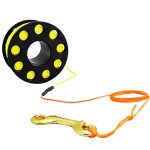
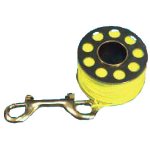


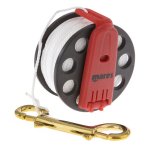
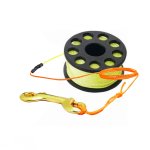
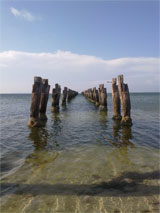
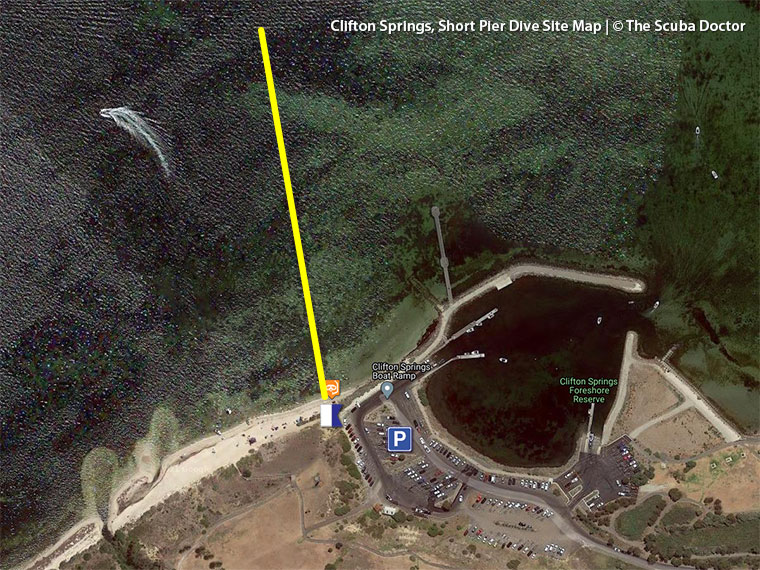
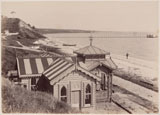
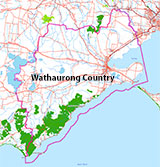



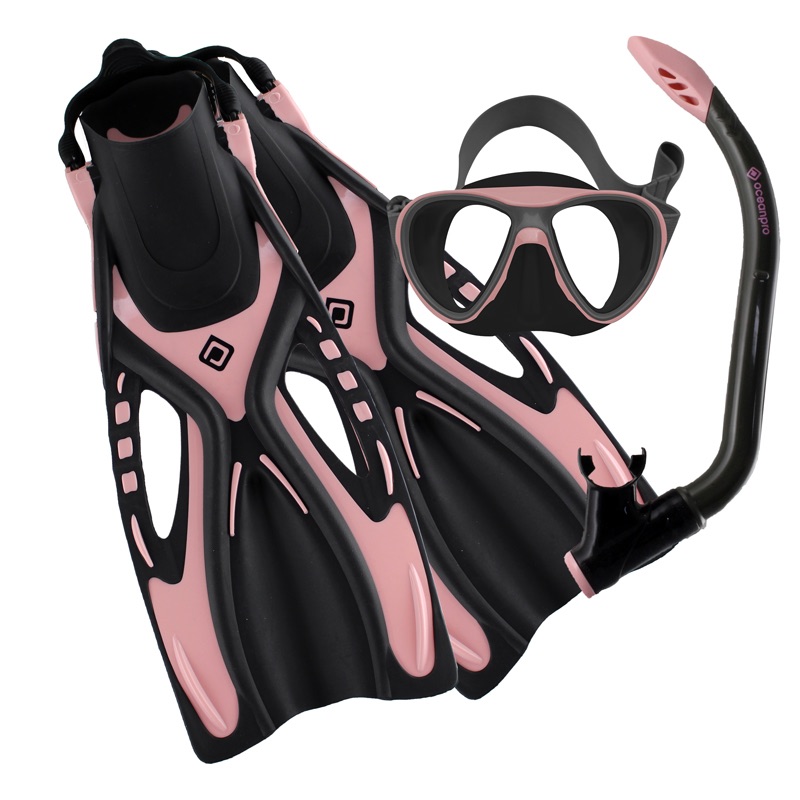






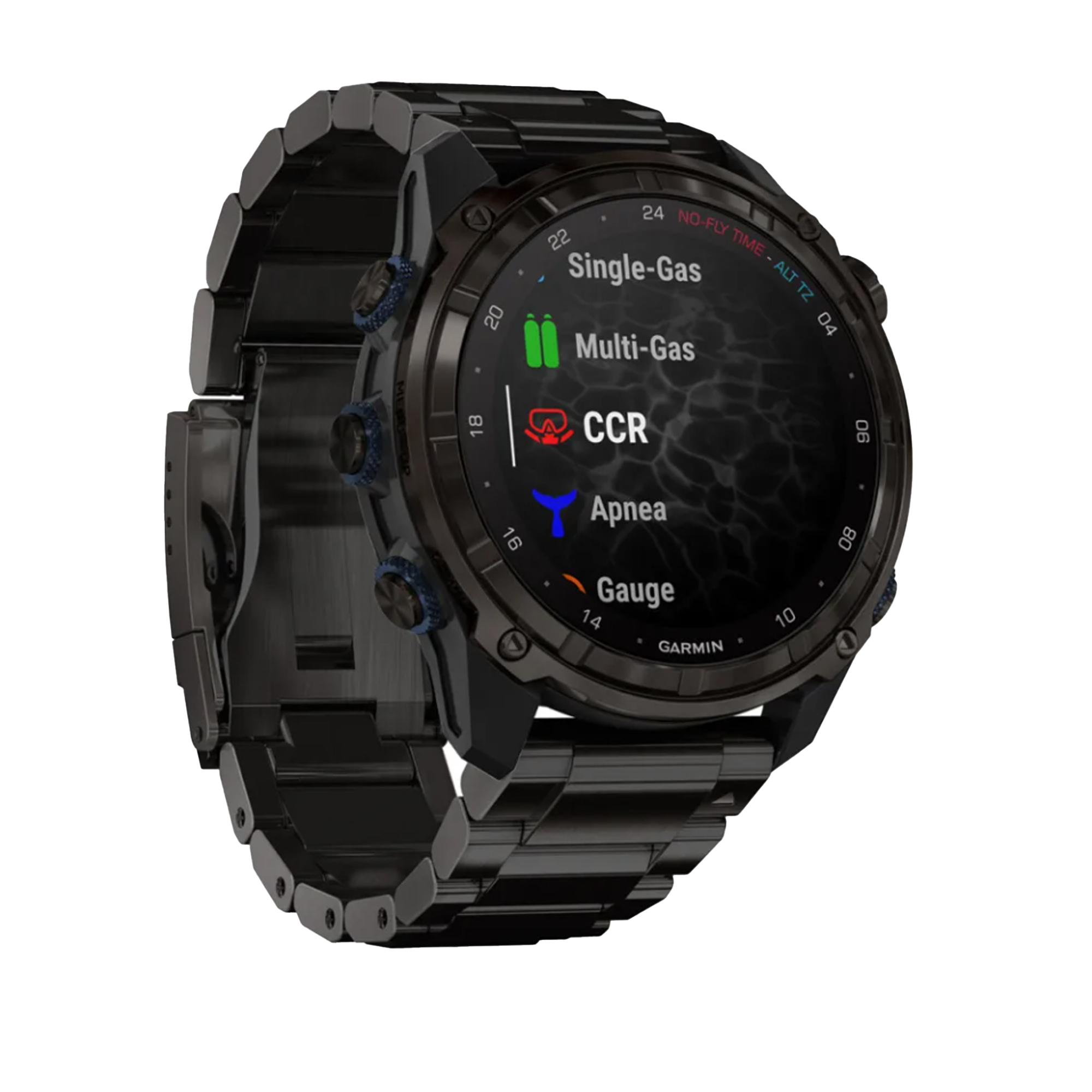


![Halcyon Infinity 30lb System [SS Small Backplate] Halcyon Infinity 30lb System [SS Small Backplate]](/diveshop/images/halcyon/Halcyon-Evolve-Wing.jpg)


















































































































